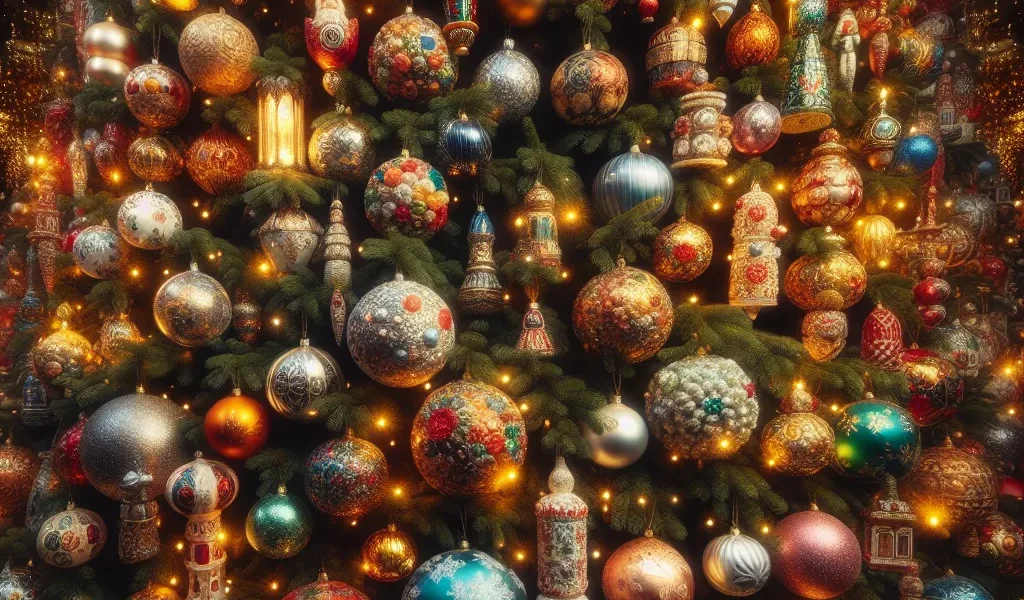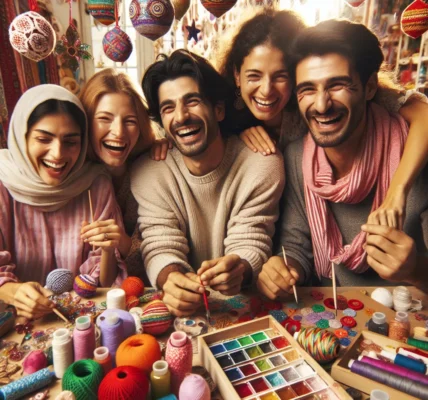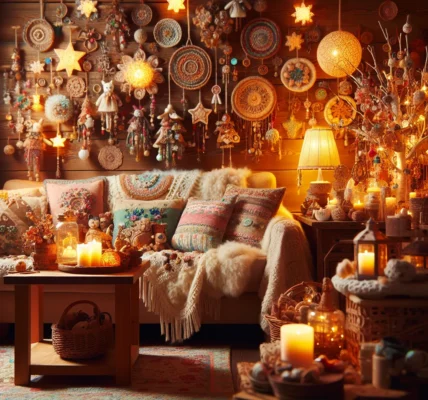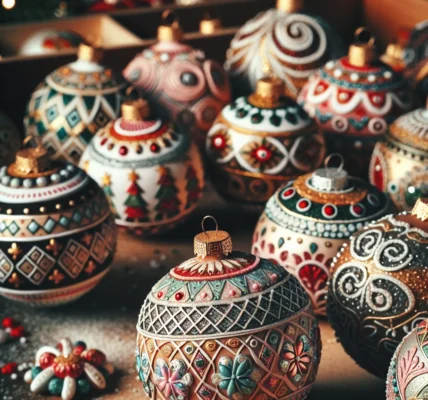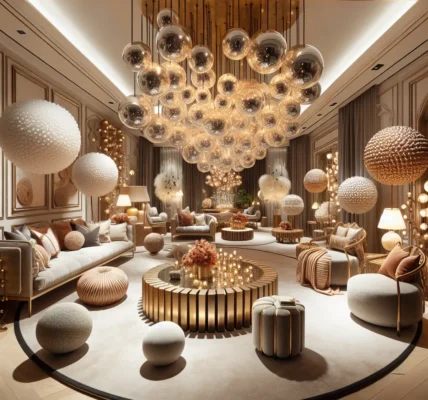The Origins of Baubles in Holiday Decorating
When it comes to holiday decorating, baubles have been a staple for centuries. These decorative ornaments, often associated with Christmas trees, have a rich history that dates back to ancient times. The tradition of using baubles in holiday decor can be traced to the 16th century in Germany, where people decorated their trees with apples, nuts, and other foods. Over time, this tradition evolved, and by the 19th century, glassblowers in Germany began creating intricate glass ornaments to adorn the trees.
The significance of baubles in holiday decorating lies in their ability to add color, sparkle, and joy to the festive season. The use of baubles symbolizes the spirit of giving and the beauty of nature, as early decorations were often crafted from natural materials. Today, baubles come in a myriad of shapes, sizes, and colors, reflecting diverse cultural influences and artistic styles.
Overall, the origins of baubles in holiday decorating demonstrate a fascinating blend of tradition, craftsmanship, and symbolism. From their humble beginnings as simple fruits and nuts to the exquisite glass ornaments we know today, baubles continue to play a significant role in brightening and beautifying holiday celebrations around the world.
Evolution of Baubles Throughout History
Throughout history, baubles have played a significant role in holiday decor, evolving in style and significance over the centuries. The tradition of using baubles to decorate homes during the holidays dates back to the 16th century in Germany, where they were originally crafted from glass, metal, and even wood. These early baubles were often intricate and hand-painted, making them valuable and highly prized decorations.
As the tradition of decorating Christmas trees with baubles spread across Europe and beyond, their designs and materials evolved. In the 19th century, the production of glass baubles became industrialized, leading to mass-produced ornaments that were more affordable and accessible to the general population. This era saw the rise of colorful, round glass baubles, often featuring ornate patterns and designs, becoming a staple in holiday decor.
In the 20th century, the popularity of baubles continued to grow, with manufacturers experimenting with various materials such as plastic, fabric, and even metal. This diversification of materials allowed for a wider range of shapes, sizes, and colors, further cementing the bauble’s status as an essential holiday decoration.
Today, baubles come in an array of designs, from traditional round glass ornaments to whimsical shapes and intricately detailed creations. They have become an indispensable part of holiday decor, adorning not only Christmas trees but also wreaths, garlands, and other festive displays.
The evolution of baubles throughout history reflects not only changes in artistic styles and manufacturing techniques but also the enduring significance of these decorations in celebrating the holiday season.
Cultural Significance of Baubles in Festive Decor
When it comes to holiday decor, baubles hold a significant cultural importance that transcends generations. The tradition of adorning trees with baubles dates back to 16th century Germany, where it was believed that the reflective spheres warded off evil spirits. Over time, the practice spread across Europe and eventually to the rest of the world, where it has become an integral part of festive celebrations.
Throughout history, baubles have symbolized various cultural meanings. In some cultures, the round shape of the baubles represents the cyclical nature of life and the changing seasons. For others, the vibrant colors and intricate designs of the baubles reflect the diversity and beauty of different cultures coming together during the holiday season.
Moreover, the act of decorating with baubles is a tradition that fosters community and togetherness. Families and communities often come together to adorn trees with these ornaments, creating a sense of unity and shared celebration. This communal aspect of bauble decoration underscores its cultural significance as more than just a decorative item.
As the world continues to embrace diversity and inclusivity, the cultural significance of baubles in festive decor serves as a reminder of the rich tapestry of traditions and beliefs that make the holiday season a global celebration.
Modern Trends in Bauble Design and Display
Modern trends in bauble design and display have evolved significantly in recent years, reflecting a shift towards minimalism, sustainability, and personalization. The traditional glass baubles, once the primary choice for holiday decorations, have now been joined by a diverse array of materials and styles.
One prominent trend is the rise of eco-friendly baubles, made from recycled and biodegradable materials. These sustainable options cater to the growing consumer demand for environmentally conscious products. Additionally, the use of natural elements such as wood, dried flowers, and fabric in bauble design has gained popularity, imparting an organic and rustic charm to holiday décor.
Personalized baubles have also captured the attention of modern consumers. Customizable ornaments, featuring names, dates, or special messages, have become a cherished addition to many holiday displays. This trend emphasizes the emotional and sentimental value associated with decorating the tree with personalized baubles, creating a more intimate and meaningful holiday experience.
Furthermore, the trend of themed or curated bauble collections has gained traction, allowing individuals to adorn their trees with cohesive and visually striking ornament arrangements. From “winter wonderland” themes to “vintage glamour” aesthetics, these curated collections offer a cohesive and harmonious look, catering to those with a penchant for design and coordination.
In terms of display, modern trends emphasize creativity and versatility. It is no longer confined to traditional Christmas trees; baubles are now showcased in innovative ways, such as suspended from ceilings, arranged in decorative bowls, or incorporated into table centerpieces. This shift in display highlights the adaptability of baubles in suiting diverse interior design preferences and enhances the overall visual impact of holiday décor.
Overall, modern trends in bauble design and display showcase a blending of innovation, sustainability, and personal expression, presenting a myriad of options for individuals to create unique and captivating holiday displays.
